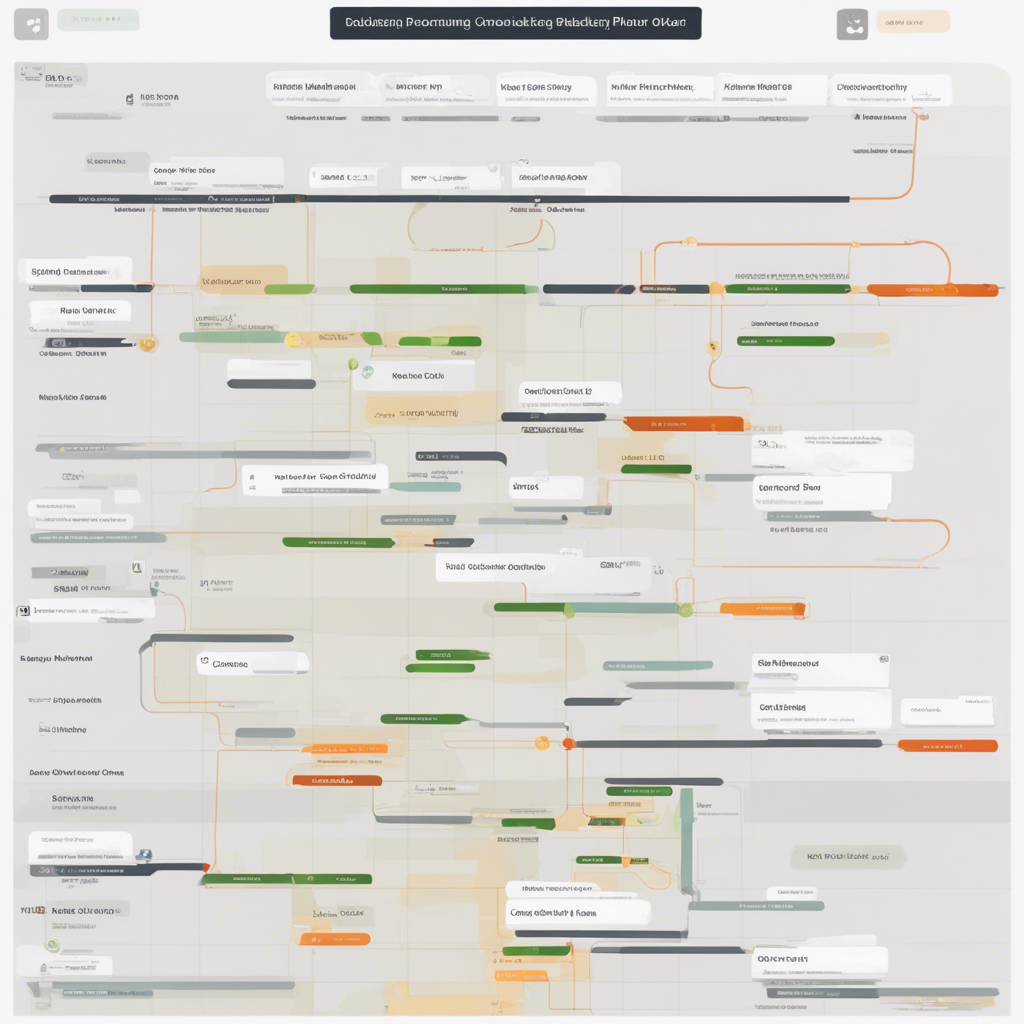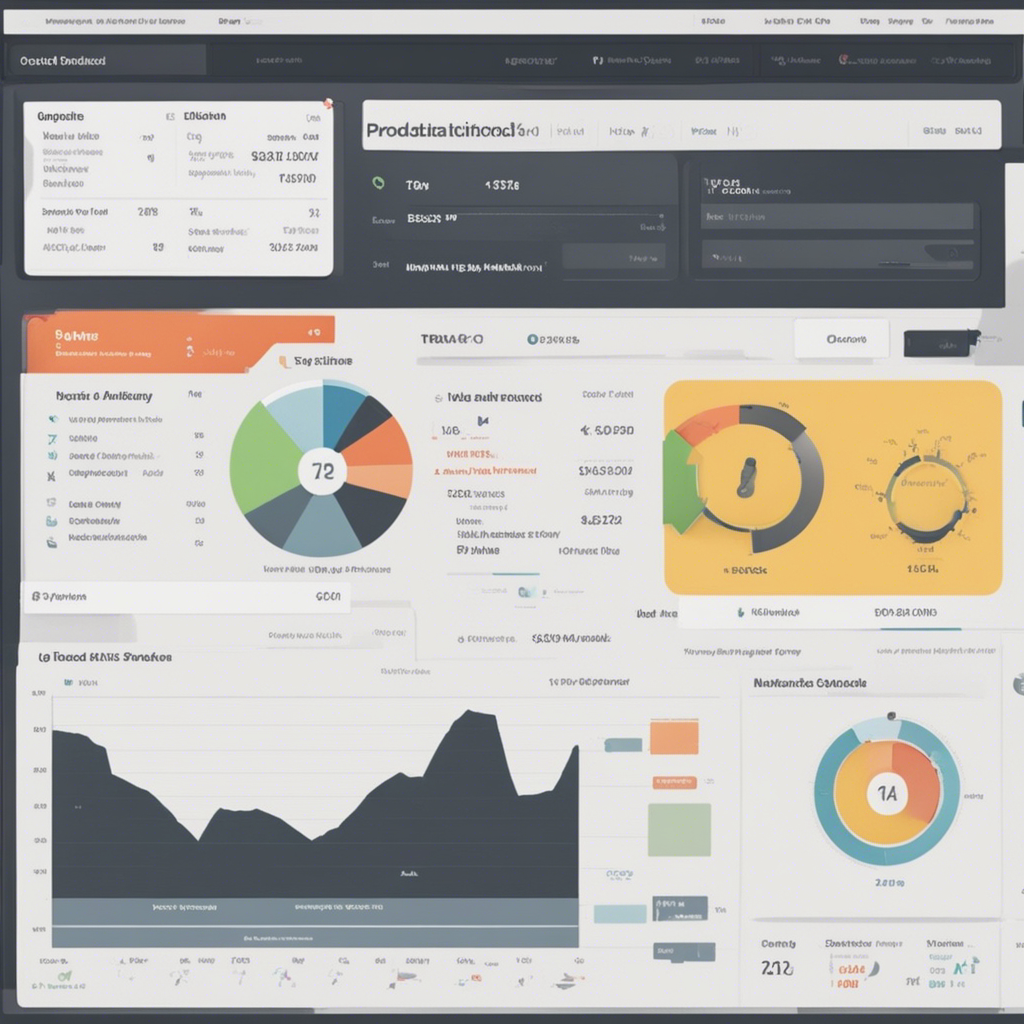
Customer Segmentation and Defining Your Target Audience
As a business owner or marketer, one of the key factors contributing to your success is understanding your customers. By knowing who your customers are and what motivates them, you can tailor your marketing efforts to reach the right people at the right time. This is where customer segmentation and defining your target audience play a crucial role.
What is Customer Segmentation?
Customer segmentation is the process of dividing your customer base into distinct groups or segments based on characteristics such as demographics, behavior, preferences, and buying patterns. By breaking down your customers into segments, you can gain valuable insights that can guide your marketing strategy and decision-making processes.
Why is Customer Segmentation Important?
Customer segmentation is essential because it allows you to:
-
Personalize your marketing messages: Different customer segments have varying needs and interests. By understanding these differences, you can create targeted and relevant marketing campaigns that resonate with each segment.
-
Optimize your marketing resources: Limited marketing resources, such as budget and time, can be efficiently allocated by focusing on the segments that are most likely to convert. This helps you avoid wasting resources on uninterested or irrelevant audiences.
-
Improve customer satisfaction: When you tailor your products or services to meet the specific needs of different segments, you enhance customer satisfaction. Satisfied customers are more likely to become loyal, return customers, and advocate for your brand.
Defining Your Target Audience
Before you can effectively segment your customer base, you need to define your target audience—the group of customers you primarily aim to reach with your marketing efforts. Defining your target audience involves the following steps:
1. Research and collect data
Start by conducting thorough market research to gather relevant information about your potential customers. This includes demographics (e.g., age, gender, location), psychographics (e.g., values, interests, lifestyle), and firmographics (e.g., industry, company size) if you are a B2B business.
2. Analyze current customers and perform customer profiling
Analyze your existing customer data to identify common characteristics and patterns among your most profitable customers. This process, known as customer profiling, can help you uncover valuable insights about your target audience.
3. Develop buyer personas
Create detailed buyer personas based on the information gathered. A buyer persona is a fictional representation of your ideal customer and helps humanize your target audience, making it easier to design marketing strategies that resonate with them.
4. Validate your findings
Validate your findings by conducting surveys, interviews, or focus groups with your target audience. This will ensure that your assumptions align with their actual preferences, behavior, and pain points.
5. Refine and update regularly
Customer preferences and market dynamics can change over time. Therefore, it is crucial to regularly refine and update your target audience definition to stay in tune with the evolving needs and expectations of your customers.
How to Segment Your Customers
Once you have a clear understanding of your target audience, you can start segmenting your customer base. Here are some common segmentation criteria to consider:
1. Demographic segmentation
Demographic factors such as age, gender, income, occupation, and marital status can provide valuable insights into your customers’ preferences and behaviors. For instance, if you’re selling beauty products, gender can be a significant segmentation criterion as men and women often have different beauty needs and preferences.
2. Geographic segmentation
Location-based segmentation allows you to tailor your marketing efforts to specific regions, cities, or neighborhoods. This is particularly useful if your products or services have geographic relevance or if you operate in specific geographical areas.
3. Psychographic segmentation
Psychographic segmentation focuses on customers’ lifestyles, personality traits, interests, attitudes, and values. This type of segmentation helps you understand the deeper motivations and preferences of your target audience. For example, if you sell outdoor gear, targeting adventure enthusiasts and nature lovers would be a psychographic segmentation approach.
4. Behavioral segmentation
Behavioral segmentation involves analyzing customers’ purchasing behavior, brand loyalty, engagement with your company, and other relevant actions. By understanding how customers interact with your brand, you can create personalized experiences and target customers who are more likely to convert or make repeat purchases.
5. Firmographic segmentation
If you are a B2B business, firmographic segmentation involves dividing your customers based on business-related characteristics such as industry, company size, revenue, and location. This helps you tailor your marketing strategies to specific types of businesses, ensuring higher relevancy and better results.
Using Technology for Customer Segmentation
As your customer base grows, manually segmenting your customers can become time-consuming and challenging. Thankfully, technology can help simplify the process. Here are some tools and strategies to consider:
-
Customer Relationship Management (CRM) software: A CRM system helps you collect, organize, and analyze customer data, making it easier to identify patterns and segment your customers effectively.
-
Marketing automation platforms: These platforms enable you to automate personalized marketing campaigns based on customer segmentation, ensuring that the right message reaches the right audience at the right time.
-
Data analytics tools: Utilizing data analytics tools allows you to uncover deeper insights about your customers, identify trends, and validate your segmentation strategies.
Conclusion
Customer segmentation and defining your target audience are vital steps in developing an effective marketing strategy. By understanding your customers’ characteristics, preferences, and behaviors, you can tailor your marketing campaigns to win their attention, engagement, and loyalty. Continuously refining and updating your segmentation strategy with the help of technology ensures that you reach the right people with the right message, leading to increased customer satisfaction and overall business success.
References:
- Smith, J. (2019). The Beginner’s Guide to Customer Segmentation. Retrieved from https://www.business2community.com/marketing/beginners-guide-customer-segmentation-02261973
- Rusk, J. (2020). How to Define Your Target Audience: The Complete Guide for Marketers. Retrieved from https://blog.hubspot.com/marketing/how-to-define-your-target-audience
- Patel, N. (2020). Customer Segmentation: The Complete Guide for Marketers. Retrieved from https://neilpatel.com/blog/customer-segmentation/






